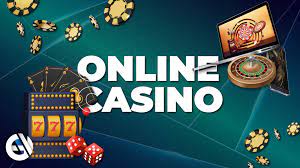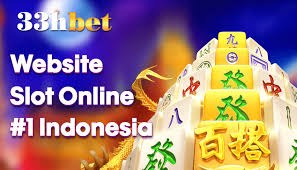Massage therapy is much more than a luxury indulgence; it’s a time-honored practice with deep roots in various cultures and a rich tapestry of benefits that extend well beyond relaxation. This unique article delves into the art and science of 다낭 에코걸 왕실장이 운영하는 에이전시는 다른 이유 exploring its history, techniques, and contemporary applications.
A Brief History of Massage
The origins of massage therapy can be traced back thousands of years. Ancient civilizations, including the Egyptians, Greeks, and Chinese, utilized massage as part of their healing practices. The earliest recorded use of massage comes from China around 3000 BCE, where it was incorporated into traditional Chinese medicine. Similarly, the Greeks and Romans used massage as part of their physical fitness regimens and medical treatments.
Hippocrates, the father of modern medicine, advocated for the benefits of friction and rubbing as methods to improve health and recover from injury. Over the centuries, massage techniques evolved, influenced by different cultures and scientific discoveries, leading to the diverse range of styles practiced today.
The Science Behind Massage
Massage therapy is grounded in a blend of art and science. At its core, massage involves manipulating the soft tissues of the body—muscles, tendons, ligaments, and connective tissues. These manipulations can be performed using various techniques, such as kneading, stroking, tapping, and friction.
From a scientific perspective, massage has been shown to have a range of physiological effects. It stimulates the circulatory system, enhancing blood flow and lymphatic drainage. This increased circulation can aid in the removal of metabolic waste products from the muscles and improve the delivery of oxygen and nutrients, facilitating faster recovery and reducing muscle soreness.
Massage also affects the nervous system. It has been demonstrated to reduce levels of cortisol, the stress hormone, while increasing levels of serotonin and dopamine, which contribute to feelings of well-being and relaxation. The activation of the parasympathetic nervous system during massage helps to counteract the effects of stress and promote a state of calm.
Common Massage Techniques
- Swedish Massage: Known for its gentle, flowing strokes, Swedish massage is designed to enhance overall relaxation and improve circulation. It is often used to ease muscle tension and promote a sense of well-being.
- Deep Tissue Massage: This technique targets the deeper layers of muscle and connective tissue. It is particularly beneficial for chronic pain and muscle tension, using slower strokes and more intense pressure to release tight areas.
- Shiatsu: A form of Japanese massage, Shiatsu involves applying pressure to specific points along the body’s meridian lines. This technique is based on traditional Chinese medicine principles and aims to balance the body’s energy flow.
- Hot Stone Massage: In this therapy, heated stones are placed on specific points of the body to warm up tight muscles and enhance relaxation. The heat helps to deepen the massage and improve circulation.
- Reflexology: This technique focuses on the feet, hands, and ears, applying pressure to specific points that correspond to different organs and systems in the body. Reflexology is believed to promote overall health and balance.
Modern Applications and Benefits
In contemporary settings, massage therapy is increasingly recognized for its therapeutic benefits. It is commonly used as part of rehabilitation programs for sports injuries and chronic conditions, such as arthritis and lower back pain. Massage therapy is also integrated into stress management programs, helping individuals cope with the pressures of modern life.
Additionally, massage is gaining popularity in alternative and complementary medicine practices. It is often combined with other modalities, such as acupuncture and yoga, to enhance overall health and wellness. Research continues to explore the potential benefits of massage in managing conditions like anxiety, depression, and insomnia.
The Future of Massage Therapy
As our understanding of the human body and its complexities evolves, so too will the field of massage therapy. Advances in technology and research will likely lead to new techniques and applications, further expanding the possibilities for therapeutic intervention.
In summary, massage therapy is a multifaceted practice that combines historical traditions with modern scientific insights. Whether used for relaxation, pain management, or overall wellness, massage offers a profound way to connect with and care for our bodies. As we continue to explore its benefits, massage therapy remains a vital component of holistic health and well-being.





